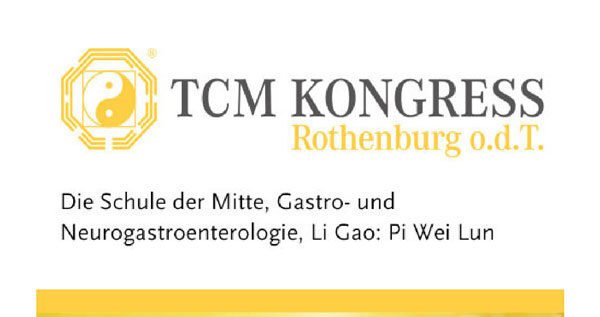A recording of 51. TCM Kongress Rothenburg 2020
Introduction to Pi
As defined in Shang Hang Lun or Discussion of Cold Damage, pi or glomus refers to the disease with feeling of fullness or fullness, pain and other discomfort in the stomach and chest region. There are 11 different patterns in pi disease, which includes the common diseases of the digestive system with the characteristic of dynamic dysregulation of gastric qi, i.e. rebellion of gastric qi and sunken spleen qi. According to Shang Han Lun, a patient may have pi disease if the cold pathogen from Taiyang enters due to the incorrect application of purification methods. Its presence also correlates with the constitution of qi xu (deficiency) in the middle jiao. In pi disease, when the ascending and descending dynamics are disturbed, water or mucus may be retained in the middle jiao and chest. Commonly used points include Gongsun-SP4, Neiguan-PC6, Pishu-BL20, Zusanli-ST36, Yinlingquan-SP9, Zhongwan-RN12, etc. to supplement the middle qi and balance the ascending and descending dynamics of the spleen and stomach.
Nowadays Pi disease can be observed in the following diseases:
- diseases of the digestive system: acute and chronic gastritis, biliary reflux, irritable bowel syndrome, digestive disorders, cholecystitis, etc.,
- diseases of the cardiovascular system: hypertension, myocarditis, cardiac arrhythmia, etc.,
- kidney diseases: nephropathy and chronic renal failure, etc., and
- others: Pregnancy vomiting and Menière’s syndrome, etc.
Article on Pi
Zhang H. Acupuncture Treatment of Pi Disease in the Shang Han Lun. The Journal of Chinese Medicine, 2019, Feb, 119
